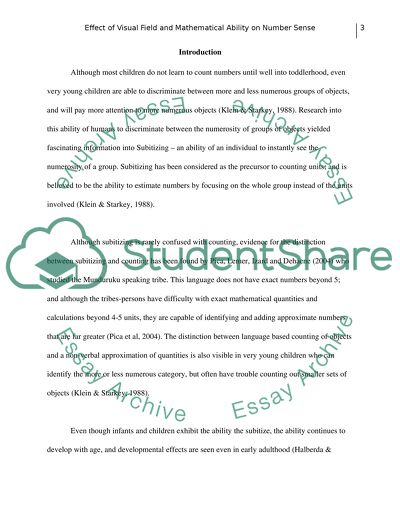Cite this document
(“Assessing the Effect of Visual Field of Exposure and Mathematical Assignment”, n.d.)
Retrieved from https://studentshare.org/psychology/1396093-lab-report-on-number-sense
Retrieved from https://studentshare.org/psychology/1396093-lab-report-on-number-sense
(Assessing the Effect of Visual Field of Exposure and Mathematical Assignment)
https://studentshare.org/psychology/1396093-lab-report-on-number-sense.
https://studentshare.org/psychology/1396093-lab-report-on-number-sense.
“Assessing the Effect of Visual Field of Exposure and Mathematical Assignment”, n.d. https://studentshare.org/psychology/1396093-lab-report-on-number-sense.


